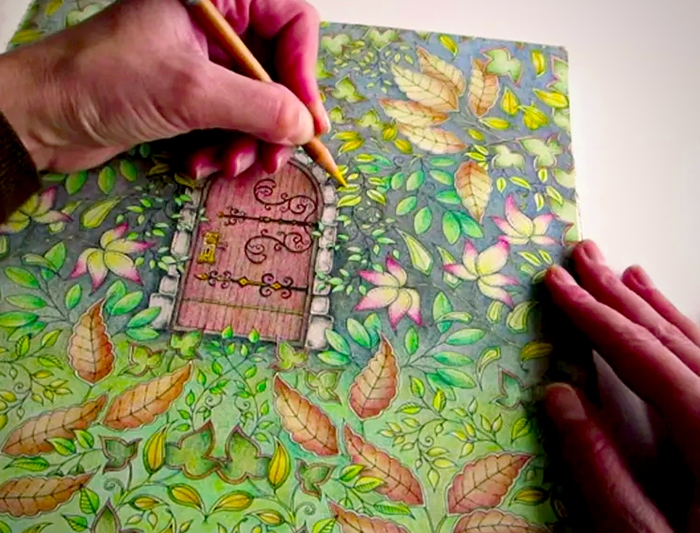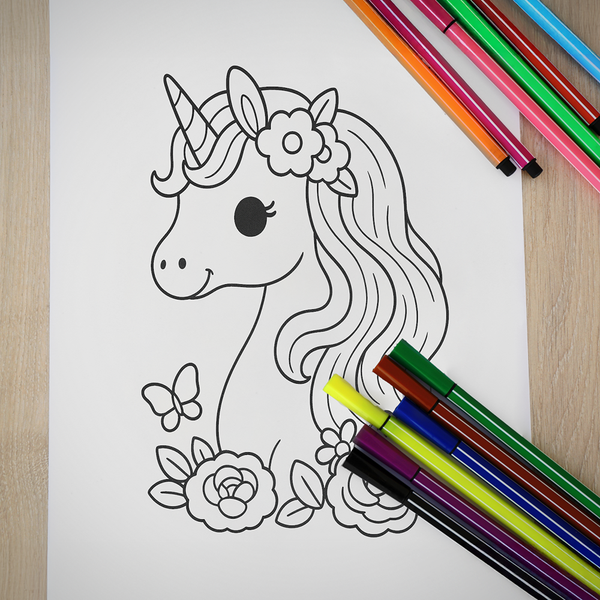Coloring books are not just a pastime; they're a journey into tranquility and imagination.
They have become a staple in both children's playrooms and adult relaxation routines; the art of coloring transcends age, inviting everyone to add a splash of color to the canvas of life.
Whether you're an aspiring artist or a seasoned creator, the question remains: how many pages make the ideal coloring book?
We're about to uncover the sweet spot for page count that will make your coloring book a must-have for enthusiasts everywhere.
Let's explore the magic number that balances inspiration with satisfaction, guiding both self-publishers and established authors to coloring book success.
Key Takeaways:
- The ideal number of pages for a coloring book varies based on the target audience, book's purpose, and production costs.
- Most coloring books range between 20 to 100 pages, with children's books on the lower end and adult books potentially having more.
- Understanding the binding options, paper type, and printing methods is crucial for determining the appropriate page count.
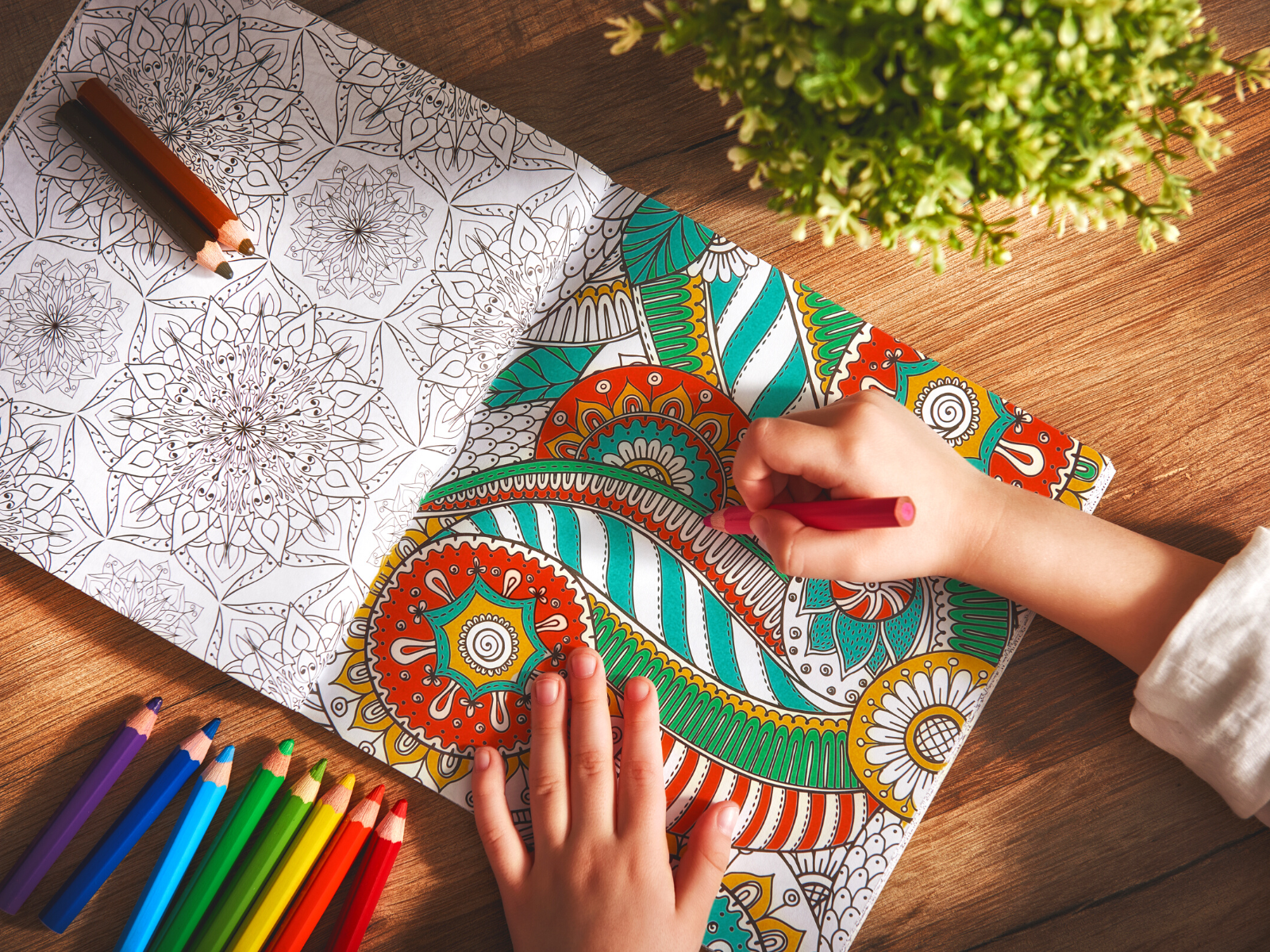


Understanding Your Audience
When deciding on the number of coloring book pages, it's essential to consider the end-user.
Kids love coloring books with a variety of themes, from animals to fun illustrations.
However, they may quickly move on to other books, suggesting that fewer pages might be more appropriate.
Adults, on the other hand, often prefer intricate designs and may appreciate a higher page count.
Skill level also plays a role; books for beginners might have simpler designs and thus require fewer pages.
Purpose and Theme of the Coloring Book
The theme of your coloring book can significantly influence the page count.
A book with a narrow theme may not need as many pages as one with a broader scope.
For example, a coloring book cover featuring a specific type of animal may only need several pages, while a book covering a wide range of animals could justify more.
The purpose, whether it's for educational use, stress relief, or marketing tips, will also dictate the number of interior pages.
Production Considerations
The book's production method is a key factor in determining page count.
Digital press options are cost-effective for smaller runs and can accommodate a wide range of page numbers.
Offset press printing, on the other hand, is more suited for larger runs and can influence the cost per page.
Perfect bound coloring books and saddle stitched books have different requirements for page count, with perfect binding being an excellent option for more pages.
Binding Options and Page Count
Perfect binding and saddle stitching are two popular binding methods for coloring books.
Perfect bound coloring books offer a professional look and can hold a higher number of pages, making them suitable for adult coloring books with detailed pages.
Saddle stitched books are more cost-effective and are ideal for kids coloring books with fewer pages.
The binding choice will directly impact the page count you can include.



Paper Type and Print Quality
The paper type affects both the user experience and the number of pages you can include.
Thicker paper allows for full bleed images and the use of colored pencils without bleed-through, but it also means fewer pages for a given book thickness.
High-resolution printing on quality paper can enhance the coloring experience, especially for books with intricate designs.
Design Options and Page Layout
Design options such as single-sided printing of coloring pages can influence the number of pages.
Printing on one side is a common practice to prevent bleed-through and is especially important for books aimed at adults using markers or pens.
This choice effectively doubles the number of pages compared to double-sided printing.
Digital vs. Physical Coloring Books
In the realm of children's coloring books, the debate between digital and physical formats is ongoing.
Digital coloring books offer the convenience of portability and an endless palette of colors without the need for physical storage.
They can be downloaded and used on various devices, making them a cost-effective option for parents.
In most cases, digital books also allow for interactive elements, such as animations and sound effects, which can enhance the coloring experience for children.
However, physical coloring books have a tactile appeal that digital versions cannot replicate.
The act of turning completed pages and the feel of crayons on paper provide a sensory experience that many find satisfying.
Physical books also eliminate screen time, which is a growing concern for parents.
When considering book's production, physical books require considerations such as binding options and paper type, which can affect the overall quality and durability of the coloring book.



Evolution of Coloring Book Content
Coloring books have evolved significantly from simple pages of outlines to complex works that can serve educational purposes.
Modern coloring books often include themes that are designed to teach as well as entertain.
For instance, books may focus on letters, numbers, or even scientific concepts, turning the coloring activity into an interactive learning session.
This shift has created a niche for educational children's coloring books that parents and educators eagerly sell and recommend.
In terms of content creation, artists and publishers are now producing coloring books with a variety of themes and complexities.
Some coloring books are designed with very intricate patterns that appeal to adults for stress relief and relaxation.
When self-publishing, creators have the freedom to explore unconventional themes and designs, which can lead to unique and personalized coloring experiences.
Cover design and high resolution artwork are crucial in these larger sizes books, as they can significantly influence a customer's decision to purchase.
Role of Illustration Quality in Children's Coloring Books
Illustrations are the heart of children's coloring books, often serving as the primary factor in engaging a young audience.
High-quality illustrations not only captivate children but also encourage them to interact with the content, fostering creativity and concentration.
When self-publishing, it's crucial to invest in professional and appealing artwork.
Note that the illustrations should be age-appropriate and resonate with the book's theme, ensuring that they contribute to the overall learning experience.
This focus on quality can set a coloring book apart in a competitive market.
In the realm of book production, the clarity and detail of illustrations are paramount.
They must be printed with precision to provide clear outlines for coloring.
Cost-effective printing does not have to compromise on quality; it's about finding the right balance.
More books are now incorporating intricate designs that cater to advanced skill levels, which necessitates high-resolution printing.
Create illustrations that are not only beautiful but also practical for the intended use, whether they're simple shapes for toddlers or complex patterns for older children.
Incorporating Educational Elements in Coloring Book Designs
Coloring books have evolved to become more than just blank canvases for color; they are now educational tools that can teach a variety of concepts.
When creating coloring books, consider how the designs can incorporate educational elements.
For example, books for young children might include the alphabet, numbers, or simple words alongside images, enhancing the learning experience as they color.
This approach can add value to your book, making it a more attractive purchase for parents and educators.
Self-publishing authors have the unique opportunity to tailor their coloring books to specific educational themes or niches.
By doing so, they can meet the needs of a targeted audience more effectively.
When planning the book's production, it's essential to ensure that these educational components are clear, legible, and accurately printed.
A well-executed educational coloring book can become a staple in classrooms and homes, encouraging children to learn while they engage in the enjoyable activity of coloring.



Market Trends and Competitor Analysis
Analyzing other books in the market can provide insights into the most coloring books' page count.
While you want your book to stand out, it's also important to align with industry standards to meet customer expectations.
Look at best-selling coloring books for adults and children to gauge the average number of pages.
Cost vs. Retail Price
The cost of creating a coloring book must be balanced with the retail price.
More pages mean higher production costs, which can affect your pricing strategy.
It's crucial to find a sweet spot where the number of pages satisfies the customer while allowing for a reasonable profit margin.
Marketing Tips for Coloring Books
Marketing your coloring book effectively involves highlighting the unique aspects of your book, such as the number of pages, design quality, and theme.
Use these features to differentiate your book from others on the market.
In several ways, the page count can be a selling point if it aligns with the value you're offering.
Self-Publishing and Page Count
Self-publishing authors have more flexibility with page count but also bear the full cost.
Fewer pages can be a more cost-effective choice for a first-time author, allowing for a lower selling price and the opportunity to test the market.
As you gain more insight into your audience's preferences, you can adjust the number of pages in future books.
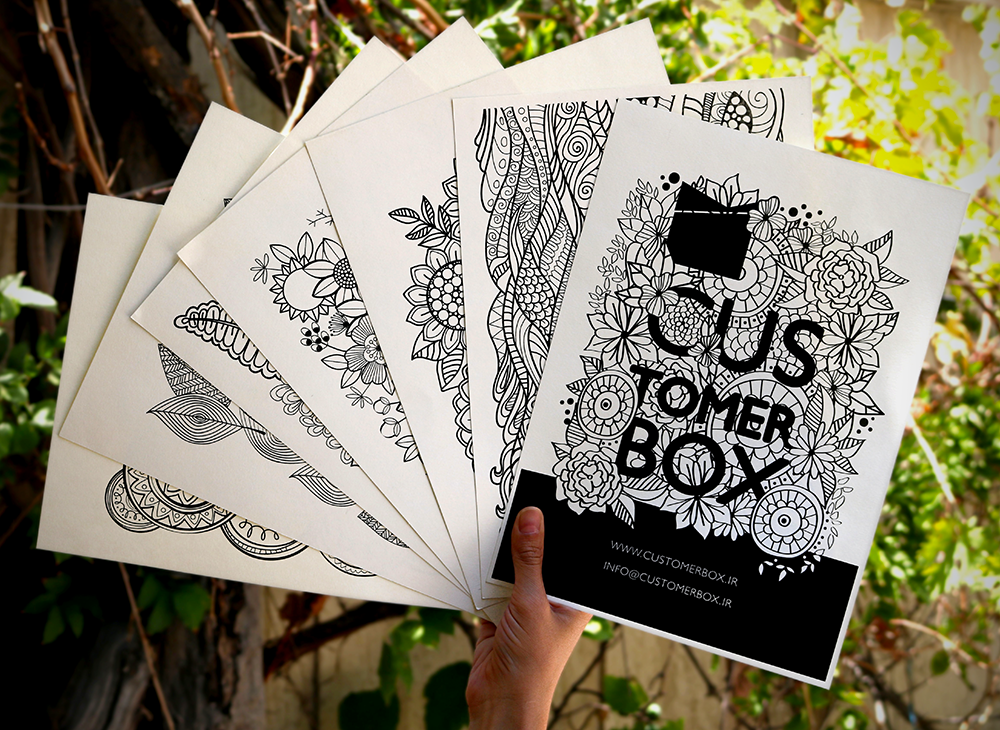


Crafting Your Perfect Coloring Page Count
In the vibrant world of coloring books, the final stroke is choosing the right number of pages.
It's a delicate balance, influenced by who will be turning those pages, the enchanting themes within, and the practicalities of production and market trends.
Typically, a coloring book's page count ranges from a playful 20 to an immersive 100, with children's editions keeping it light and adult versions inviting a deeper dive.
The choice of paper type, printing method, and binding will also play a significant role in deciding the appropriate page count.
Remember, the paper, print, and binding are your palette; choose wisely to create a masterpiece that captivates colorists of all ages.
Now, armed with these insights, are you ready to determine the ideal page count for your coloring book creation?



Coloring Book FAQs
Coloring books are a gateway to a world of creativity and imagination for children, but when it comes to choosing the perfect one, parents, educators, hobbyists, and more often have questions.
From the ideal number of pages to the impact of binding on page count, there's a lot to consider before making a purchase.
Let's dive into some of the most frequently asked questions about children's coloring books to help you make an informed decision that will delight the young artists in your life.
What is the ideal number of pages for a children's coloring book?
Children's coloring books generally have fewer pages, often ranging from 20 to 50 pages. This range is suitable for their shorter attention spans and the likelihood of them moving on to other activities.
Can the number of pages in a coloring book affect its price?
Yes, the number of pages can significantly affect the production cost and, consequently, the retail price of the coloring book. More pages typically mean higher costs, which may need to be reflected in the price.
How does binding affect the number of pages in a coloring book?
The binding method chosen can limit or extend the number of pages you can include. Saddle stitching is suitable for books with fewer pages, while perfect binding can accommodate a larger page count.


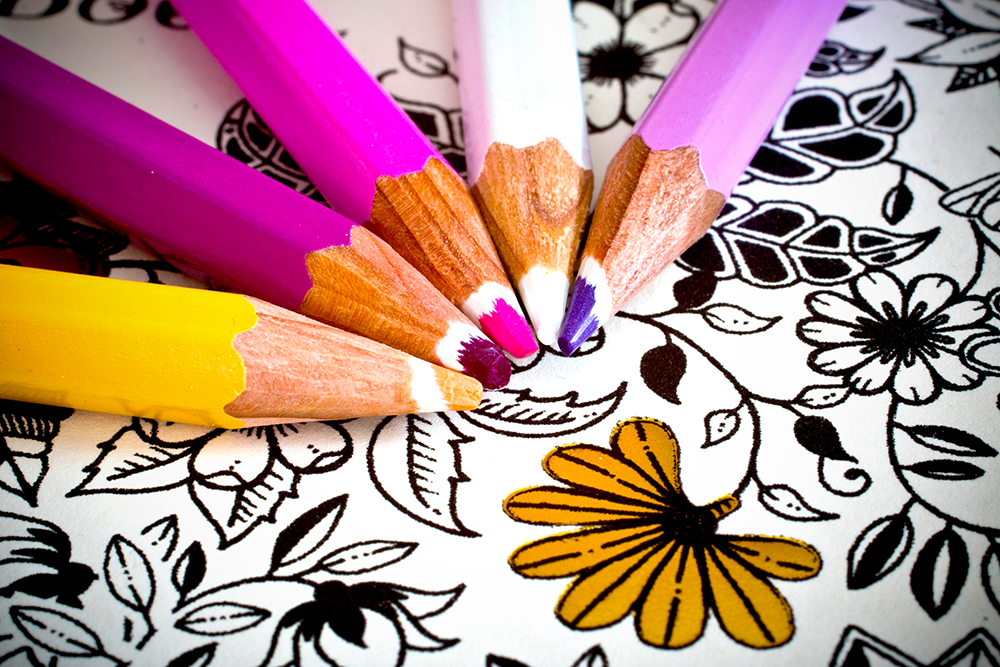
Wanting help to plan your coloring pages? Check out Pamela's Passion for Pencils' video!
Want even more content about creativity and art?
Be sure to check out all of our creative chronicles!
Love coloring books and want to find your next favorite?
Check out some of our other articles:
-What is the best format for a coloring book?

